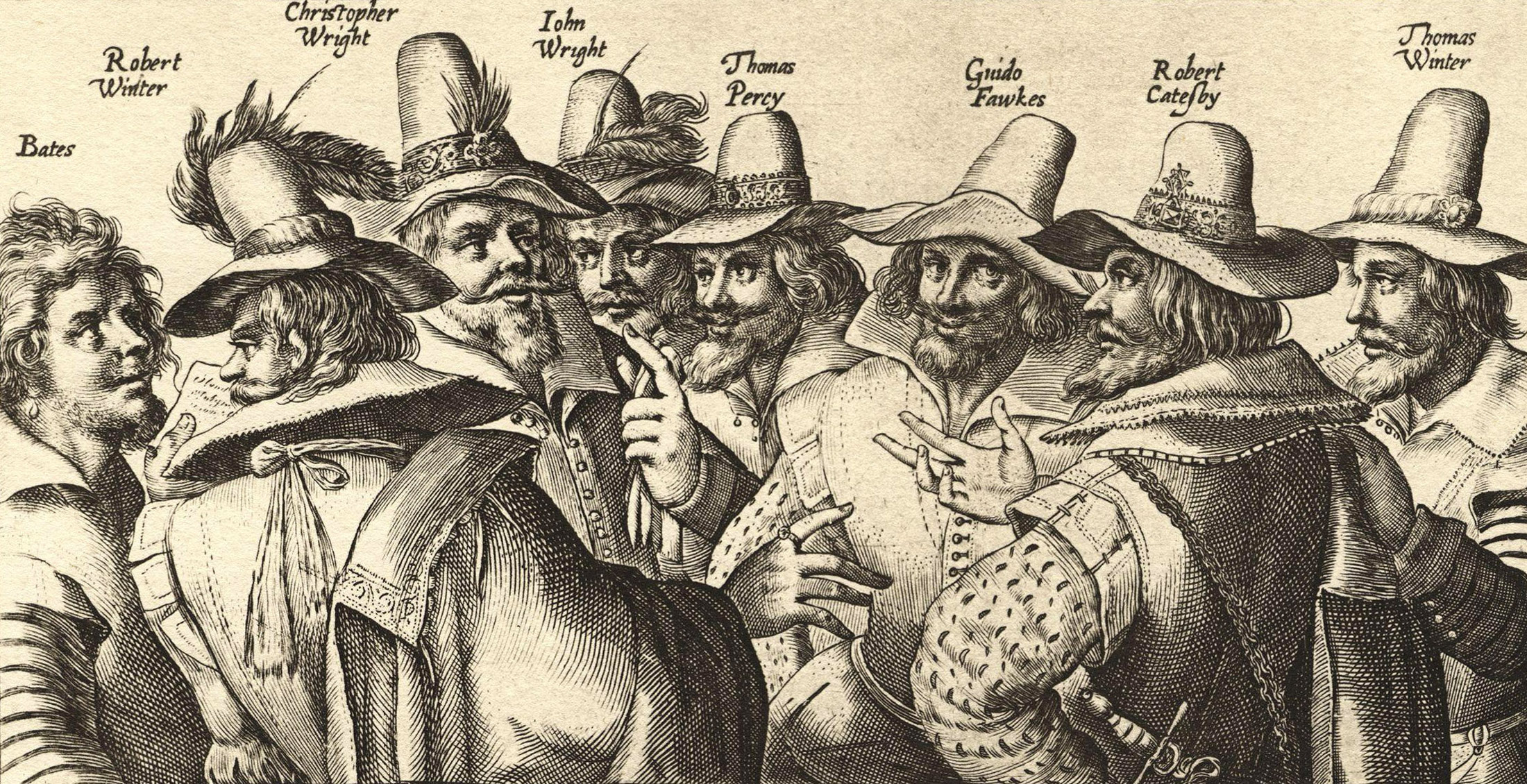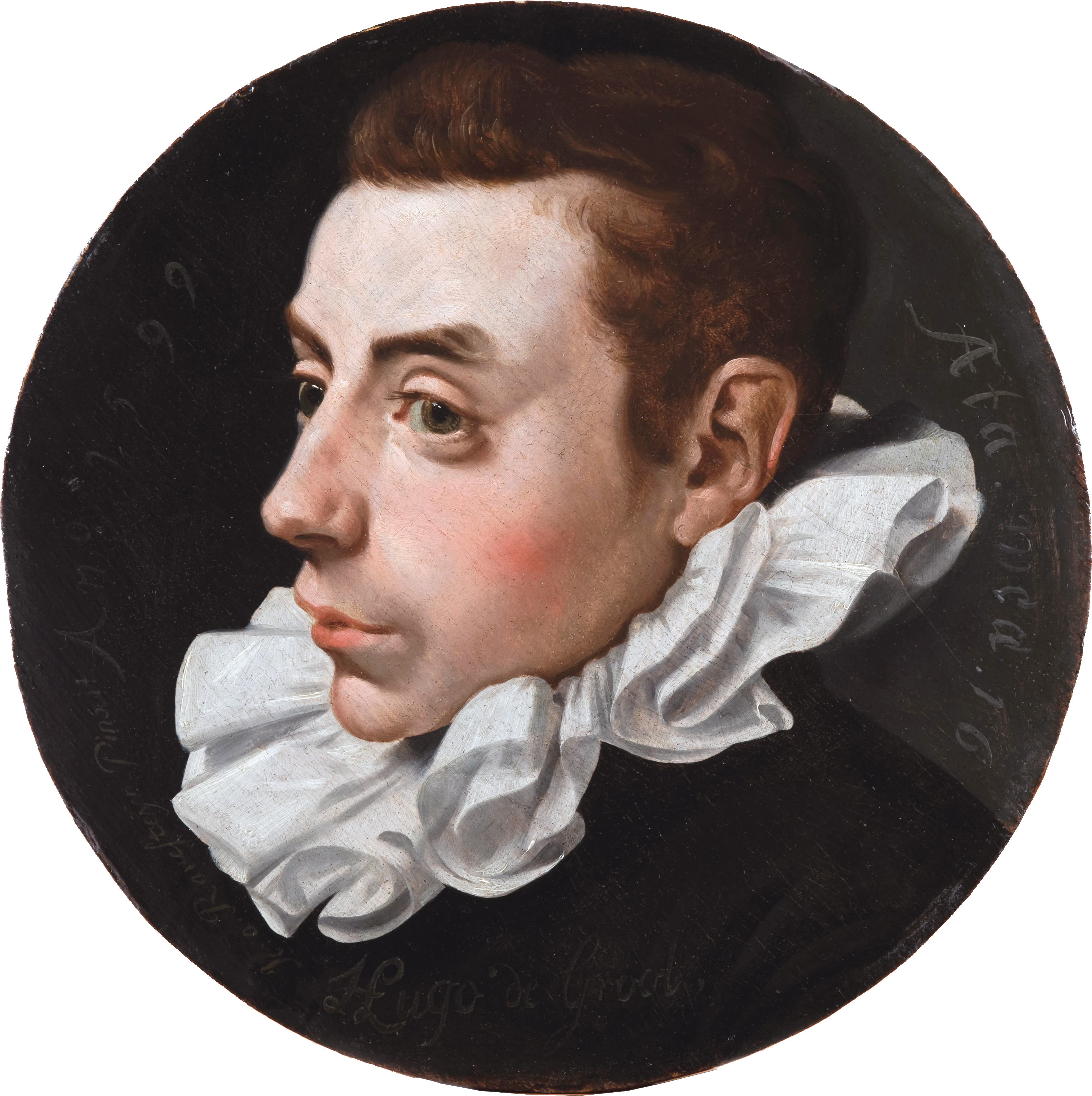|
Gabriel Rollenhagen
Gabriel Rollenhagen, also known as Rollenhagius (1583-1619), was a German poet and writer of emblem books. Life Rollenhagen, the son of the renowned poet and scholar Georg Rollenhagen, enrolled at the University of Leipzig in 1602 to study law. After his studies in 1605, he enrolled in the Faculty of Law at the University of Leiden, at the age of 23. He returned to Magdeburg in 1606 and was employed by Archbishop Christian Wilhelm of Magdeburg as the deputy of the cathedral. Selection of works published in Germany # ''Vier Bücher wunderbarlicher, bis daher unerhörter und unglaublicher indianischer Reisen durch die Luft, Wasser, Land, Hölle, Paradies und den Himmel'', Stuttgart : Hiersemann, 1995, achdr. der Ausg.Magdeburg, Kirchner, 1605 # ''Nvclevs emblematvm selectissimorvm'', Hildesheim : Olms, 1985, Nachdr. d. Ausg. Köln 1611 # ''Sinn-Bilder : Ein Tugendspiegel'', Dortmund : Harenberg, 1983 Selection of works published in the Netherlands # ''Les emblemes'' Arnh ... [...More Info...] [...Related Items...] OR: [Wikipedia] [Google] [Baidu] |
Magdeburg
Magdeburg (; nds, label=Low Saxon, Meideborg ) is the capital and second-largest city of the German state Saxony-Anhalt. The city is situated at the Elbe river. Otto I, the first Holy Roman Emperor and founder of the Archdiocese of Magdeburg, was buried in the city's cathedral after his death. Magdeburg's version of German town law, known as Magdeburg rights, spread throughout Central and Eastern Europe. In the Late Middle Ages, Magdeburg was one of the largest and most prosperous German cities and a notable member of the Hanseatic League. One of the most notable people from the city is Otto von Guericke, famous for his experiments with the Magdeburg hemispheres. Magdeburg has been destroyed twice in its history. The Catholic League sacked Magdeburg in 1631, resulting in the death of 25,000 non-combatants, the largest loss of the Thirty Years' War. During the World War II the Allies bombed the city in 1945 and destroying much of it. After World War II the city belonged t ... [...More Info...] [...Related Items...] OR: [Wikipedia] [Google] [Baidu] |
Emblem Book
An emblem book is a book collecting emblems (allegorical illustrations) with accompanying explanatory text, typically morals or poems. This category of books was popular in Europe during the 16th and 17th centuries. Emblem books are collections of sets of three elements: an icon or image, a motto, and text explaining the connection between the image and motto. The text ranged in length from a few lines of verse to pages of prose. Emblem books descended from medieval bestiaries that explained the importance of animals, proverbs, and fables. In fact, writers often drew inspiration from Greek and Roman sources such as Aesop's Fables and Plutarch's Lives. Definition Scholars differ on the key question of whether the actual emblems in question are the visual images, the accompanying texts, or the combination of the two. This is understandable, given that first emblem book, the ''Emblemata'' of Andrea Alciato, was first issued in an unauthorized edition in which the woodcuts were ... [...More Info...] [...Related Items...] OR: [Wikipedia] [Google] [Baidu] |
Emblem Book
An emblem book is a book collecting emblems (allegorical illustrations) with accompanying explanatory text, typically morals or poems. This category of books was popular in Europe during the 16th and 17th centuries. Emblem books are collections of sets of three elements: an icon or image, a motto, and text explaining the connection between the image and motto. The text ranged in length from a few lines of verse to pages of prose. Emblem books descended from medieval bestiaries that explained the importance of animals, proverbs, and fables. In fact, writers often drew inspiration from Greek and Roman sources such as Aesop's Fables and Plutarch's Lives. Definition Scholars differ on the key question of whether the actual emblems in question are the visual images, the accompanying texts, or the combination of the two. This is understandable, given that first emblem book, the ''Emblemata'' of Andrea Alciato, was first issued in an unauthorized edition in which the woodcuts were ... [...More Info...] [...Related Items...] OR: [Wikipedia] [Google] [Baidu] |
Leipzig University
Leipzig University (german: Universität Leipzig), in Leipzig in Saxony, Germany, is one of the world's oldest universities and the second-oldest university (by consecutive years of existence) in Germany. The university was founded on 2 December 1409 by Frederick I, Elector of Saxony and his brother William II, Margrave of Meissen, and originally comprised the four scholastic faculties. Since its inception, the university has engaged in teaching and research for over 600 years without interruption. Famous alumni include Gottfried Wilhelm von Leibniz, Johann Wolfgang von Goethe, Leopold von Ranke, Friedrich Nietzsche, Robert Schumann, Richard Wagner, Tycho Brahe, Georgius Agricola, Angela Merkel and ten Nobel laureates associated with the university. History Founding and development until 1900 The university was modelled on the University of Prague, from which the German-speaking faculty members withdrew to Leipzig after the Jan Hus crisis and the Decree of Kutná Hora. ... [...More Info...] [...Related Items...] OR: [Wikipedia] [Google] [Baidu] |
Leiden University
Leiden University (abbreviated as ''LEI''; nl, Universiteit Leiden) is a Public university, public research university in Leiden, Netherlands. The university was founded as a Protestant university in 1575 by William the Silent, William, Prince of Orange, as a reward to the city of Leiden for its Siege of Leiden, defence against Spanish attacks during the Eighty Years' War. As the oldest institution of higher education in the Netherlands, it enjoys a reputation across Europe and the world. Known for its historic foundations and emphasis on the social sciences, the university came into particular prominence during the Dutch Golden Age, when scholars from around Europe were attracted to the Dutch Republic due to its climate of intellectual tolerance and Leiden's international reputation. During this time, Leiden became the home to individuals such as René Descartes, Rembrandt, Christiaan Huygens, Hugo Grotius, Baruch Spinoza and Baron d'Holbach. The university has seven academic f ... [...More Info...] [...Related Items...] OR: [Wikipedia] [Google] [Baidu] |
Van De Passe Family
Crispijn van de Passe the Elder, or de Passe (c. 1564, Arnemuiden – buried 6 March 1637, Utrecht) was a Dutch publisher and engraver and founder of a dynasty of engravers comparable to the Wierix family and the Sadelers, though mostly at a more mundane commercial level. Most of their engravings were portraits, book title-pages, and the like, with relatively few grander narrative subjects. As with the other dynasties, their style is very similar, and hard to tell apart in the absence of a signature or date, or evidence of location. Many of the family could produce their own designs, and have left drawings. Crispijn the Elder Crispijn van de Passe I was born in Arnemuiden in Zeeland, and trained and worked in Antwerp, then the centre of the printmaking world, with hugely productive workshops producing work for publishers with excellent distribution arrangements throughout Europe. By 1585 he was a member of the artists' Guild of Saint Luke, and doing work for Christopher Pl ... [...More Info...] [...Related Items...] OR: [Wikipedia] [Google] [Baidu] |
Hugo Grotius
Hugo Grotius (; 10 April 1583 – 28 August 1645), also known as Huig de Groot () and Hugo de Groot (), was a Dutch humanist, diplomat, lawyer, theologian, jurist, poet and playwright. A teenage intellectual prodigy, he was born in Delft and studied at Leiden University. He was imprisoned in Loevestein Castle for his involvement in the intra-Calvinist disputes of the Dutch Republic, but escaped hidden in a chest of books that was transported to Gorinchem. Grotius wrote most of his major works in exile in France. Hugo Grotius was a major figure in the fields of philosophy, political theory and law during the 16th and 17th centuries. Along with the earlier works of Francisco de Vitoria and Alberico Gentili, he laid the foundations for international law, based on natural law in its Protestant side. Two of his books have had a lasting impact in the field of international law: ''De jure belli ac pacis'' 'On the Law of War and Peace''dedicated to Louis XIII of France and the '' ... [...More Info...] [...Related Items...] OR: [Wikipedia] [Google] [Baidu] |
Daniel Heinsius
Daniel is a masculine given name and a surname of Hebrew origin. It means "God is my judge"Hanks, Hardcastle and Hodges, ''Oxford Dictionary of First Names'', Oxford University Press, 2nd edition, , p. 68. (cf. Gabriel—"God is my strength"), and derives from two early biblical figures, primary among them Daniel from the Book of Daniel. It is a common given name for males, and is also used as a surname. It is also the basis for various derived given names and surnames. Background The name evolved into over 100 different spellings in countries around the world. Nicknames (Dan, Danny) are common in both English and Hebrew; "Dan" may also be a complete given name rather than a nickname. The name "Daniil" (Даниил) is common in Russia. Feminine versions (Danielle, Danièle, Daniela, Daniella, Dani, Danitza) are prevalent as well. It has been particularly well-used in Ireland. The Dutch names "Daan" and "Daniël" are also variations of Daniel. A related surname developed ... [...More Info...] [...Related Items...] OR: [Wikipedia] [Google] [Baidu] |
1593 Births
Events January–December * January – Siege of Pyongyang (1593): A Japanese invasion is defeated in Pyongyang by a combined force of Korean and Ming troops. * January 18 – Siamese King Naresuan, in combat on elephant back, kills Burmese Crown Prince Mingyi Swa on Monday, Moon 2 Waning day 2, Year of the Dragon, Chulasakarat 954, reckoned as corresponding to January 25, 1593, of the Gregorian calendar, and commemorated as Royal Thai Armed Forces Day. * January 27 – The Roman Inquisition opens the seven-year trial of scholar Giordano Bruno. * February 2 – Battle of Piątek: Polish forces led by Janusz Ostrogski are victorious. * February 12 – Battle of Haengju: Korea defeats Japan. * March 7 (February 25 Old Style) – The Uppsala Synod discontinues; the Liturgical Struggle between the Swedish Reformation and Counter-Reformation ends in Sweden. * March 14 – The Pi Day, giving the most digits of Pi when written in ''mm/dd/yyyy ... [...More Info...] [...Related Items...] OR: [Wikipedia] [Google] [Baidu] |
1619 Deaths
Events January–June * January 12 – James I of England's Banqueting House, Whitehall in London is destroyed by fire."Fires, Great", in ''The Insurance Cyclopeadia: Being an Historical Treasury of Events and Circumstances Connected with the Origin and Progress of Insurance'', Cornelius Walford, ed. (C. and E. Layton, 1876) p. 29 Inigo Jones is commissioned to design a replacement. * February 14 – Earthquake flattens the town of Trujillo, Peru, killing hundreds in the town and causing landslides in the surrounding countryside killing hundreds more. * March 20 – Matthias, Holy Roman Emperor dies, leaving the Holy Roman Empire without an official leader, to deal with the Bohemian Revolt. * April – Battle of Sarhu: Manchu leader Nurhaci is victorious over the Ming forces. * May 8 – The Synod of Dort has its final meeting. * May 13 – Dutch statesman Johan van Oldenbarnevelt is executed in The Hague, after having been convicted of treason. ... [...More Info...] [...Related Items...] OR: [Wikipedia] [Google] [Baidu] |






